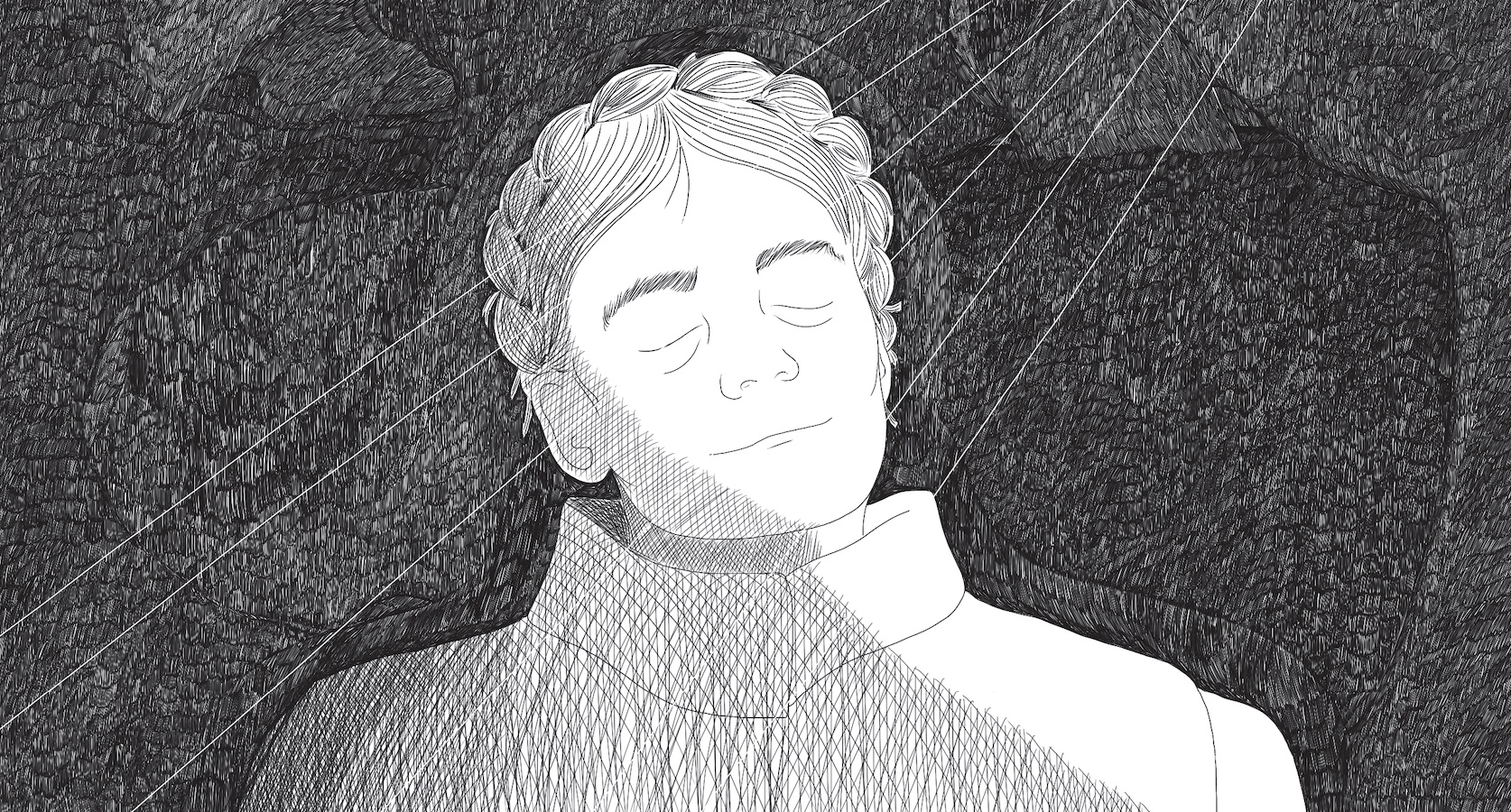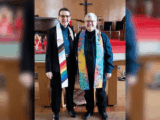The new graphic novel Five Stalks of Grain tells the tale of young siblings Nadia and Taras as they navigate the horrors of the Holodomor. Through the siblings’ story, author Adrian Lysenko and illustrator Ivanka Theodosia Galadza, both of whom are Ukrainian Canadian, offer readers a lesson on the genocide perpetrated 90 years ago in Ukraine, which was then part of the Joseph Stalin-led Soviet Union.
“In Ukrainian, Holodomor means ‘death inflicted by starvation,’” explains Lysenko in the book’s afterword. Indeed, during the Holodomor millions of Ukrainians were starved to death by the Soviets. The purpose was to stamp out any movement for Ukrainian autonomy, as well as their culture, language and spiritual traditions. Stalin also wanted to consolidate agricultural power.
You may unsubscribe from any of our newsletters at any time.
Lysenko describes how the Soviets replaced Ukraine’s small independent farms with state-run collective farms and forced farmers to turn their property over to the government. They “imposed unattainable grain quotas on the amount of harvested grain Ukrainian villages were required to contribute to the Soviet state, and people began to starve,” he writes. Villagers that weren’t able to meet those quotas had their food and livestock confiscated. And in August 1932, the Soviets enacted the Law of Five Stalks of Grain, which decreed that those caught taking even minuscule amounts of grain from a field could be imprisoned or executed.
This is where the story begins. After their father is taken away by the Soviets for refusing to join the collective farm, Nadia, Taras and their mother are interrupted at home by secret police knocking on the door. The kids hide in a chest, and through the keyhole, Nadia, the eldest, sees the men accuse their mother of hoarding grain. Then they kill her.
Essentially orphans, the siblings head out to find a safe place to stay and food to eat. Over and over again, they’re confronted with the gruesome impacts of the genocide, from starving villagers, to a pile of human bones, to a man who tries to kill them. When Taras is captured by Soviet soldiers, Nadia, unsure of what to do, continues on alone.
More on Broadview:
- Forget Hallmark Christmas movies – these films serve up the holidays without the schmaltz
- ‘This House Is Not a Home’ tells a moving story of Indigenous dispossession
- In ‘Rehearsals for Living,’ two writers envision a path to a more just future
Much of the narrative in Five Stalks of Grain is driven by Galadza’s delicate yet striking black-and-white images. Woodland creatures appear throughout the story and in some cases offer protection. An owl takes Nadia to the home of an older woman who gives her food and shelter and help finding Taras. Later, Nadia feeds a few precious grains to a bird, who then leads her out of the forest and hopefully toward safety.
The book ends six decades later with two Canadian youth visiting their ancestors’ former home in Ukraine not long after the country declared its independence from the Soviet Union. Today, that independence is once again being fought for — and the fight echoes the spirit of Five Stalks of Grain. For all the horrors the novel depicts, there are also moments of care and hope amid the pain, betrayal and suffering wrought by Stalin’s attempts to destroy the Ukrainian people.
***
Alex Mlynek is a writer and editor in Toronto.














